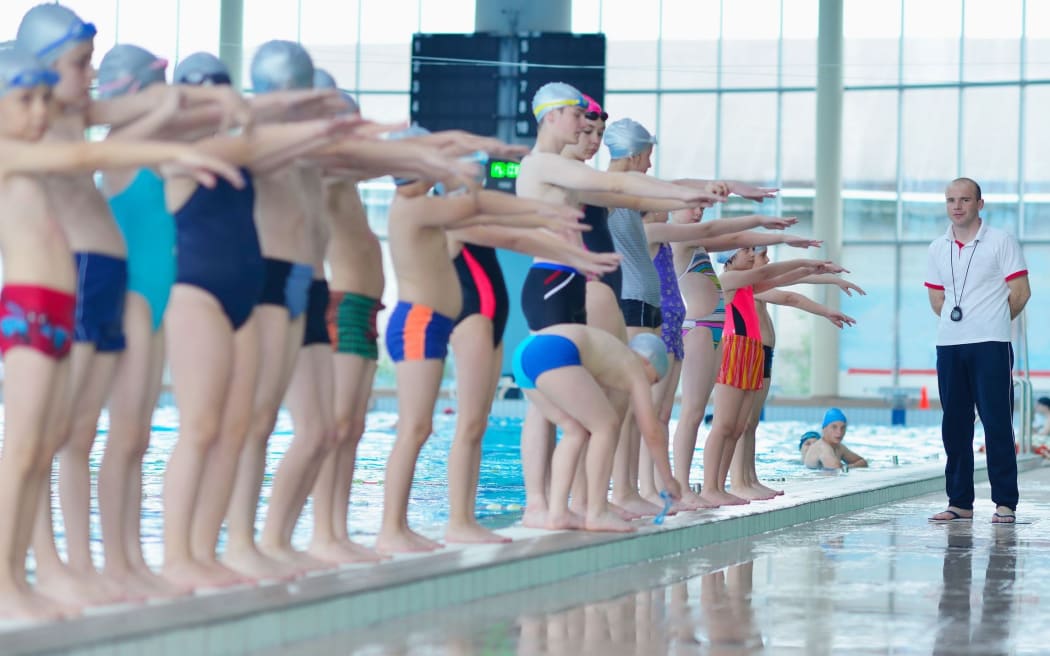There's a concern that continued closures of school pools around the country is leading to more people losing their lives in the water.

Photo: 123RF
Within the first four weeks of the year, there has been nine preventable drownings in New Zealand, says former Olympic and national swimming coach, Mark Bone.
“Those are frightening statistics, one drowning is one too many.”
Bone wonders whether it is a consequence of the school pools closing down, or of parents not being vigilant enough about water safety and the importance of lessons.
Kids not only need to learn to swim, but become confident to swim over 400 metres, he says.
“That’s what we believe is a minimum standard to be able to survive.”
It’s not just a matter of being able to float on your back to the side of the pool, he says.
“If you go to some of these [West Auckland] beaches, you get in a massive, massive current and tidal influence and if you can’t relax in the water and you can’t go with the flow of the water…you’re not going to survive, you’ve got no hope in hell of surviving.”
In the last year, 360 school pools have closed.
“To be fair, a lot of them are redundant old, old pools that possibly should be closed down as well, they’ve been built in the 1940s, 50s, 60s and they’ve actually reached the end of their time.”
Lower decile schools in particular aren’t able to afford to replace them, he says and swimming is not a compulsory part of the curriculum.
“Unfortunately, our teachers aren’t trained how to teach swimming and it’s such a fine school. So, you need to outsource your swimming lessons and bring them in to either council facilities or private facilities.”
He says teaching kids to swim in the environments they may get into trouble, like rivers and the ocean, is also important.

